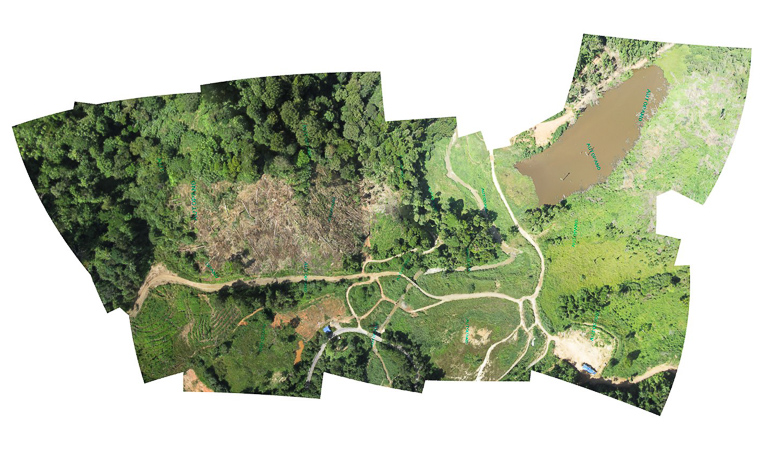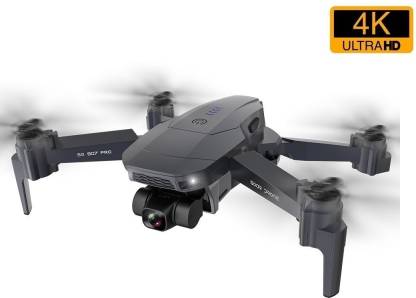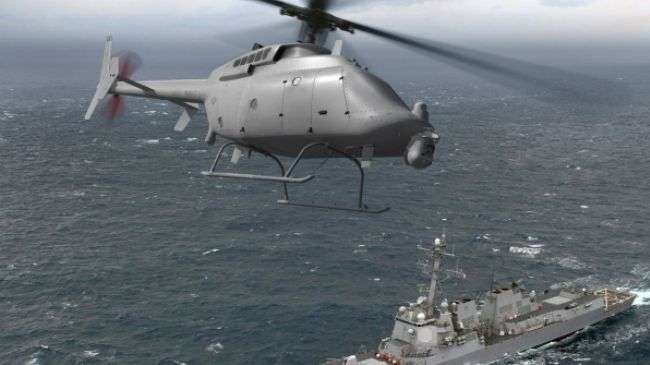
The Bio-hybrid drone combined an Electroantenogram(EAG) device to create a drone that could detect odors. This device features a tilt sensor. Its flight controller adjusted the drone to face the odor source at a 270° angle. To find the highest concentration of the odor, we used the spiral-surge method. To collect data and take pictures, the drone flew to the source of the odor.
Bio-hybrid drone
To detect airborne volatile chemicals, we need a bio-hybrid drone with a sensor. A bio-hybrid drone equipped with an antenna capable of detecting chemical plumes has an advantage over existing robotic systems in that it can detect both the chemical sources and their location. Its odorant detection antenna, shown in Figure 4B detects a wide array of chemicals. Bio-hybrid drones with these sensors are not only safer to fly, but also provide an excellent proof of concept for localization of odor sources and chemicals.
Electroantennogram (EAG) device
EAG recording can be a complicated science. A drone equipped with a sensor is no exception. There are many sources for noise. These include biological noise, external interference and drifting signals. An easy way to avoid noise is to use an EAG-responsive reference compound. This signal can also be used to normalize data. A conventional EAG device uses glass pipette electrodes, but a newer design incorporates electrically conductive gel to replace the wires. To reduce noise, the device integrates with a first amplifier.

Tilt sensor
A drone with tilt sensor provides input to the flight control system. This sensor is crucial in applications that require stability. A drone equipped with a tilt sensor uses accelerometers and gyroscopes to detect tiny movements. This technology can also apply to other types of moving objects such cars. Here's the way it works. The trigonometry formulas are used to calculate the angle of tilt for the drone.
Convolutional neural Network algorithm for odor source locization
Convolutional neuronet algorithm for smell-source localization using a drone with sensor was published in a recent paper. It describes the first step towards using this method of locating odors sources. This method utilizes information-driven principles in order to identify the source parameters faster and outperform systematic sample. Shannon's Entropy highlights the importance of information in the search process and recommends an information-driven path planning strategy. It replaces traditional binary sensing models that assume a fixed distribution. The algorithm maximizes the likelihood of detection and models the odor encounters at any given location as a random variable using a Poisson distribution.
Comparison of small drones with gas/biosensors
As drones' use for environmental monitoring increases, researchers are shifting their focus to developing odorant sensors. Drones, which are affordable aerial vehicles, can be used for environmental monitoring. They can also identify odors. It is challenging to develop an autonomous drone that can detect odors using a biosensor. There are several published papers on the feasibility and use of small drones to monitor such things, including one by J. McGlone, J. Paneque-Galvez, among others.

FAQ
Do I require special training to fly a drone
To fly your drone, you don't have to be an expert in flight mechanics. A remote control unit is all you need. You also need to have some basic knowledge of flight mechanics.
Is it safe for a driver to fly a drone?
Driving a drone is dangerous, as it could cause an accident or crash into another vehicle. Additionally, you may hit pedestrians or animals. A collision with power lines, trees, buildings, or power lines could cause serious damage to your vehicle.
Can I fly my drone at my local park?
Yes, drones are allowed to fly in parks across the globe. However, some countries do not allow flying drones at parks due to safety concerns. Our list contains places where drones are legal to fly for enjoyment.
Can I fly my drone around my area?
Yes! These are known as UAVs (unmanned air vehicles). There are many types of drones on the market today, including small quadcopters and large fixed-wing aircraft. New rules have been issued by the FAA regarding commercial use of UAVs. This means that you can legally fly them for business purposes. However, be aware that flying a UAV near airports may cause interference with air traffic control systems, and you must obtain permission from local authorities before operating one.
Are drones permitted at public events?
The rules are not required for drone flying. However, if you plan to fly your drone during a public event such as a parade, festival, or concert, you will need approval from the event organizers.
What US states do drones are legal in?
A drone can be legally operated for recreational purposes. The Federal Aviation Administration (FAA), has established guidelines that allow the use of small unmanned aircraft systems (UASs). These UASs have to be registered with FAA before they are allowed to fly. If certain conditions are met, the FAA allows commercial operators to fly these UASs.
How can I keep drones out of my house?
Drones have become increasingly popular for home surveillance. But they also pose a security threat to privacy. If you want drone attacks to be avoided, you can install motion sensors all around your property. These sensors will detect any flying objects that are not authorized.
Statistics
- According to industry research from ZipRecruiter , there are 10 cities where the typical salary for a Drone Pilot job is above the national average. (dronesgator.com)
- According to Indeed, a drone pilot gets paid $25.73 per hour on average in the US. (dronesgator.com)
- With the top 10% making over $100/h and the bottom 10% making as low as $10/h. (dronesgator.com)
External Links
How To
How do I clean my drones?
These are some of the things you need to know before cleaning your drone. This guide will teach you how to extract every bit from your drone.
-
Make sure you have the right tools. Before you begin anything, ensure you have all of the necessary tools. A toothbrush or soft brush is necessary, as well as a cleaning solution (we recommend the use of WD40).
-
The battery pack should be removed. The first thing you need to do is remove the battery from the drone's bottom. It's easy to locate the battery underneath the propeller. Just take care not to lose any screws during removal.
-
Remove all components. Next, remove all parts from the drone's underside. Check that none of them are loose, as they may fall off when you try to clean the machine.
-
Use a cleaning solution. Now, it's time to clean your drone. Before doing so, we recommend using a cleaning solution such as WD40. Spray the entire surface of the drone with the cleaner. Make certain to get in between components. It is best to let it dry completely before attaching everything.
-
Replace the battery. The battery should be reattached after cleaning the drone. This will allow you to check how your drone performs after cleaning.